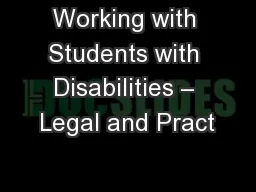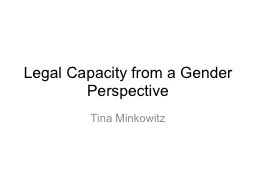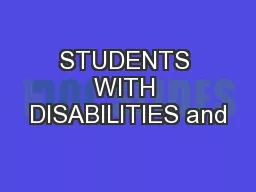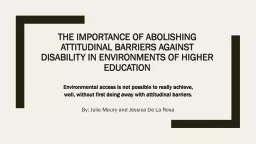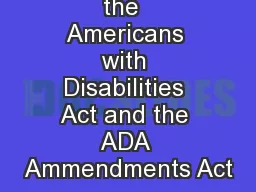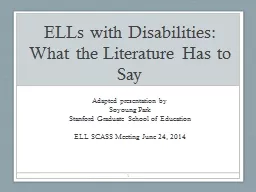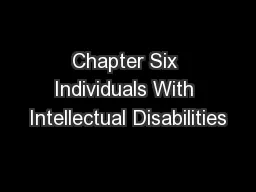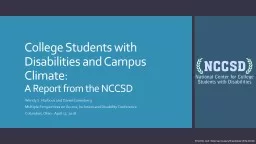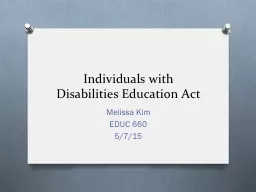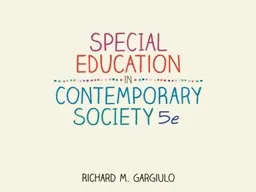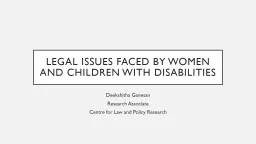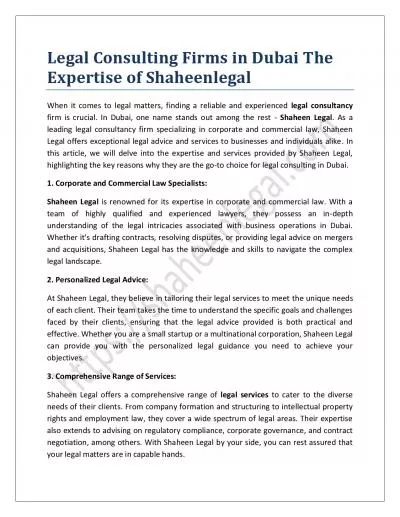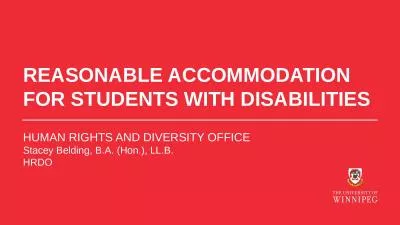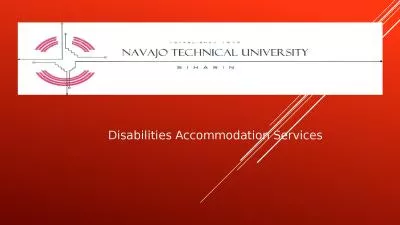PPT-Working with Students with Disabilities – Legal and Pract
Author : natalia-silvester | Published Date : 2017-09-16
Angie Millman Director Disability Support Services Michael Taylor Associate Professor Political Science and Public Affairs Seton Hall University September 29 2016
Presentation Embed Code
Download Presentation
Download Presentation The PPT/PDF document "Working with Students with Disabilities ..." is the property of its rightful owner. Permission is granted to download and print the materials on this website for personal, non-commercial use only, and to display it on your personal computer provided you do not modify the materials and that you retain all copyright notices contained in the materials. By downloading content from our website, you accept the terms of this agreement.
Working with Students with Disabilities – Legal and Pract: Transcript
Download Rules Of Document
"Working with Students with Disabilities – Legal and Pract"The content belongs to its owner. You may download and print it for personal use, without modification, and keep all copyright notices. By downloading, you agree to these terms.
Related Documents

